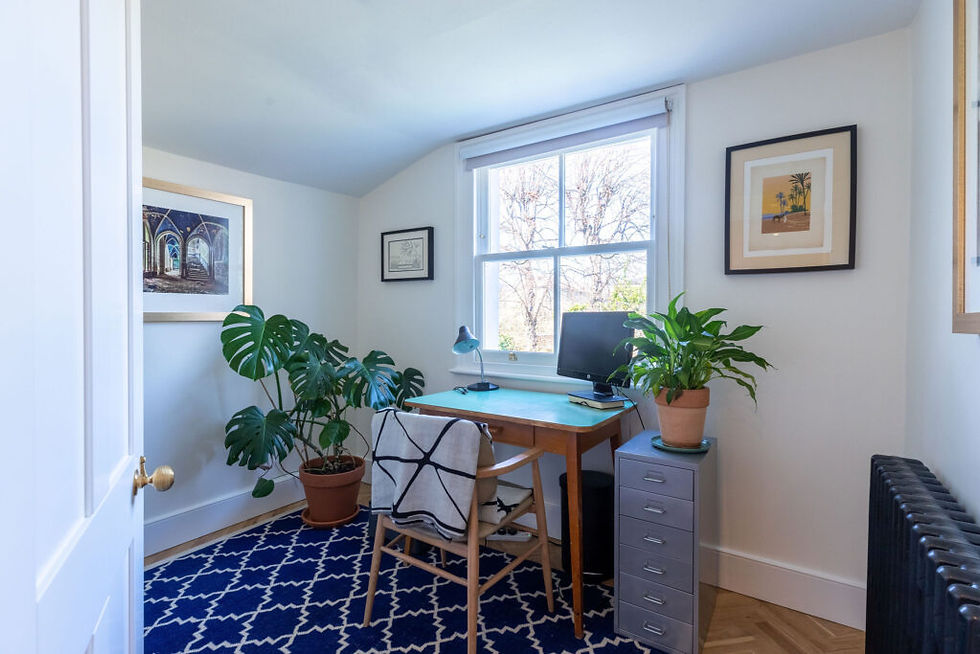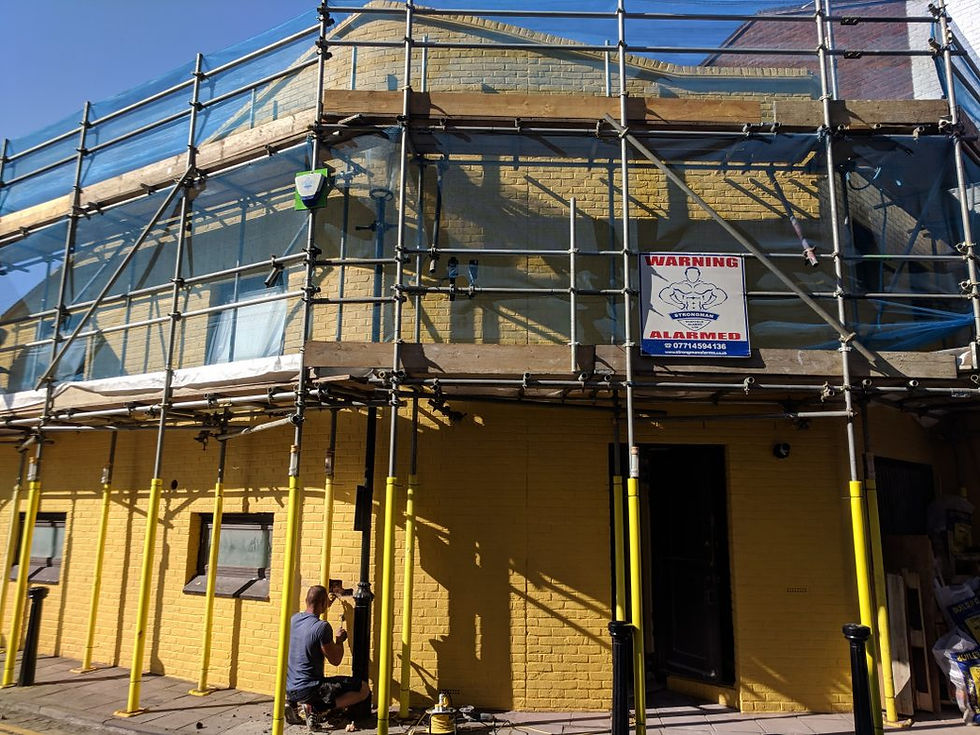Renovating your home: The emotional journey
- Absolute Project Management
- Jan 27, 2023
- 5 min read
Renovating is often cited as one of the most stressful things you can do (albeit in a first-world problems context). I’ve been renovating my house in stages, and am in the throes of what will hopefully be the last stage. Even with my experience designing and managing other people’s renovations (or maybe because of it?) I’ve found it challenging. Here are my thoughts on why, the highs and lows you might encounter, and how you can help smooth the emotional journey.
Why do we find renovating stressful?
Renovating your home meets a lot of touchpoints in terms of potential causes of stress:
The building work disrupts your home and that can have an impact on your sense of shelter and safety.
Those are fundamental needs which are towards the base of the pyramid in the psychological model ‘Maslow’s Hierarchy’. This is particularly the case if you live-in during the work, in which case you’ll be living with dust and noise as well as potential disruption to your kitchen, bathroom, heating, etc. as well as relative strangers constantly in your home.
Renovating usually involves a lot of money.
Even with a generous budget, people like to know they’re spending their money well and getting good value. This creates plenty of opportunities for feelings like fear and frustration. The combination of money with the importance of our environment to our mental wellbeing makes achieving a successful outcome to the renovation very important – so the whole project can feel pretty high-stakes.
It is a big change.
Some models suggest that our psychological response to unexpected change is similar to our response to grief (the ‘Change Curve’). Although we do usually expect the renovation by the time it is underway, there will often be unplanned changes (or more disruption than envisaged) along the way that threaten our sense of control and autonomy.
There’s a lot of work involved.
If you work with a Designer/ Project Manager they’ll take lots of that off your plate and help keep the project structured, but you’ll still need to make a lot of decisions. If you manage it yourself, you’ll need to arrange specialists, a contractor, choose and order all the fixtures and finishes and solve lots of problems along the way.
Renovating can create conflict in your significant relationships.
It can expose difference in attitudes to money, life priorities, and what makes a good home – and who is taking responsibility for these. It is hard not to get frustrated with a partner with a different design vision, or a parent offering unsolicited advice.
Emotional highs and lows
Of course, everyone will have their own emotional response, but this is an example based on my own experience and conversations with clients;
Early stage design: Pleasure and anticipation.
Dreaming about your fantasy future home can be a lovely activity – often followed by;
Feasibility check: Disappointment.
The fantasy will at some point need checked for feasibility in terms of things like budget, structure and regulations which often requires a compromise. We investigate these obstacles as early as possible in the planning process, before the fantasy has taken root too firmly.
Detailed design; Pleasure mixed with frustration
I personally find pinning down the specifics of a design very satisfying, and most clients seem to enjoy at least some aspects of it (like choosing tiles). However, there are a lot of decisions to make at this stage and it is easy to wonder why we can’t just get on with it and start on site. We firmly believe in planning as much as possible before starting on site – more on this here.
Getting quotes; Shock & frustration.
It is common for the contractor quotes to come in higher than hoped for due to scope expansion since the original budget and sometimes market forces driving prices up. This is often a shock and means adjusting either the budget or the plans.
Strip out: All sorts!
Some people find seeing their home stripped back to joists and dust very disturbing, some are excited or intrigued, and some find it inspiring. A classic question at this stage is ‘Ooh, it looks great with no walls, can we make it totally open plan?’. I had this thought when my 1st floor was gutted. The reality is that I’ll need at least some walls to meet building regulations and for it to be a functional space.
Halfway through: Hope.
Around the halfway mark, the progress often seems huge. Big structural work done, walls back in place. You can start to imagine the new space and that feels great. It’s also quite hard to imagine that there is just as much work to do again to get to the finish line.
90% complete: Irritation.
Work appears to reduce to a crawl at this point, with slow, careful decorating work and installing 2nd fix items seeming to take an age.
Practical completion: A brief moment of joy,
followed by…
…Snagging: Back to irritation.
Sometimes there will be big problems (leaks, and heating not working are classics). These are usually solved quicky but are unsettling, and it may take a while to sorts the niggles (because it takes a while to find them all). By this point most people are really ready not to have people working in their house.
3 months later: Satisfaction.
With memories of the difficult bits starting to fade, you can take real pleasure and pride in living in your lovely new home.
Our tips for navigating the emotional journey
With all this going on, some stress along the way is inevitable.
We find it helps to;
Move out:
We strongly recommend including a budget for moving out. Living in during renovation work is horrible.
Prepare emotionally:
Think about which aspects of the process you are likely to find difficult, and how you can look after yourself during that time.
Make decisions:
Decide as much as possible in advance so you don’t have to make important decisions urgently while on site…
… but be prepared to change your mind:
Sometimes things go out of stock, or discoveries during strip out force a change of plans. It is helpful to be clear on what you are (and aren’t) prepared to be flexible about.
Have a contingency budget:
Having spare funds available will take the sting out of additional costs arising from e.g. unpleasant structural discoveries on site.
Avoid a firm deadline:
Significant building work takes time to do well, and so does the planning and design work. It can be possible to go quickly, but by compromising on cost, quality, or both. Of course, once you have planned a timeline you will want to stick to it, but time pressure is one of the biggest causes of stress we see for clients.
Engage professionals to help with the works:
By borrowing someone else’s experience and skill you should be able to avoid some problems, and more effectively solve those problems that do occur.
For help managing your renovation project in London or in Brighton & Hove, get in touch.



